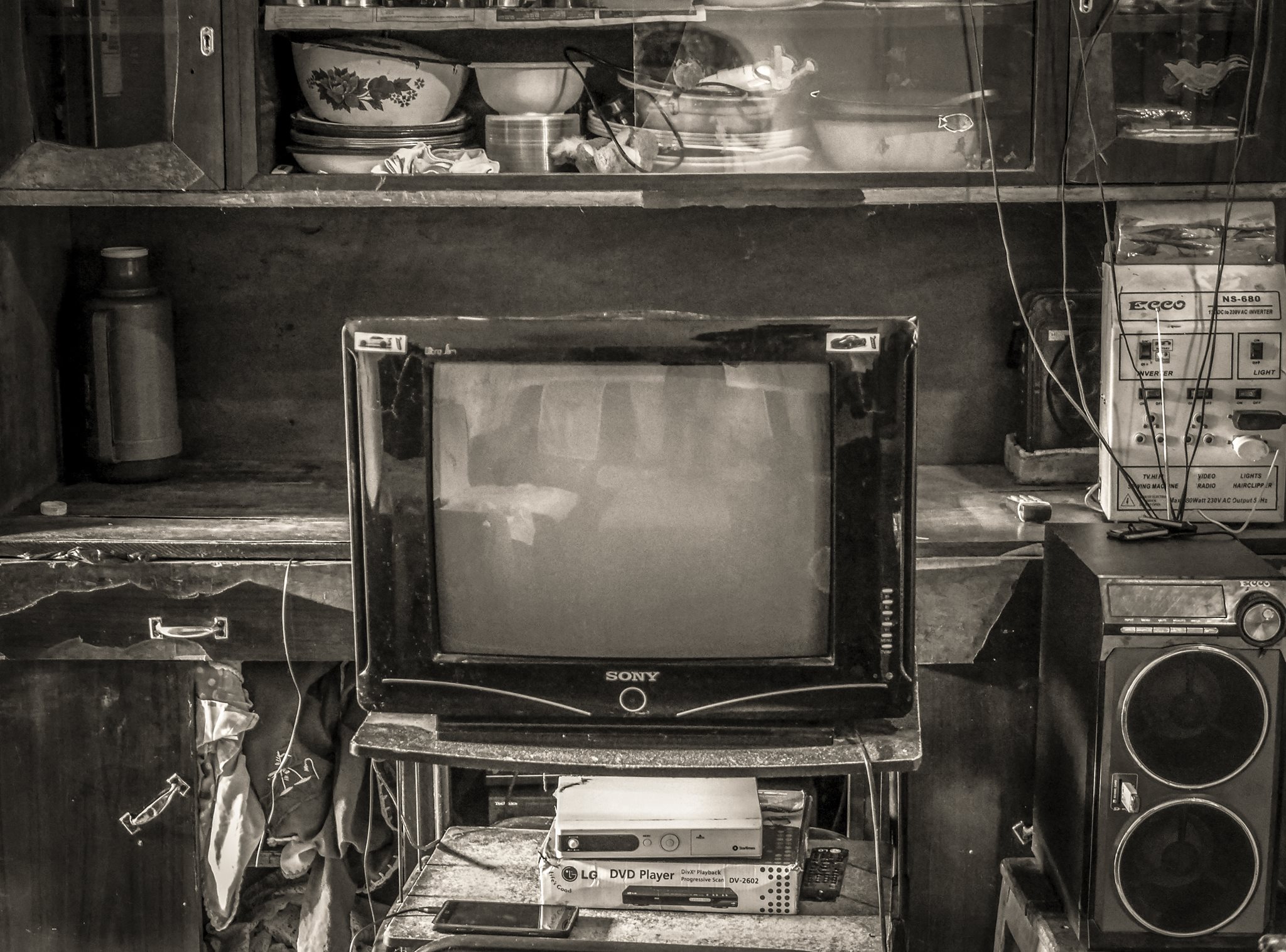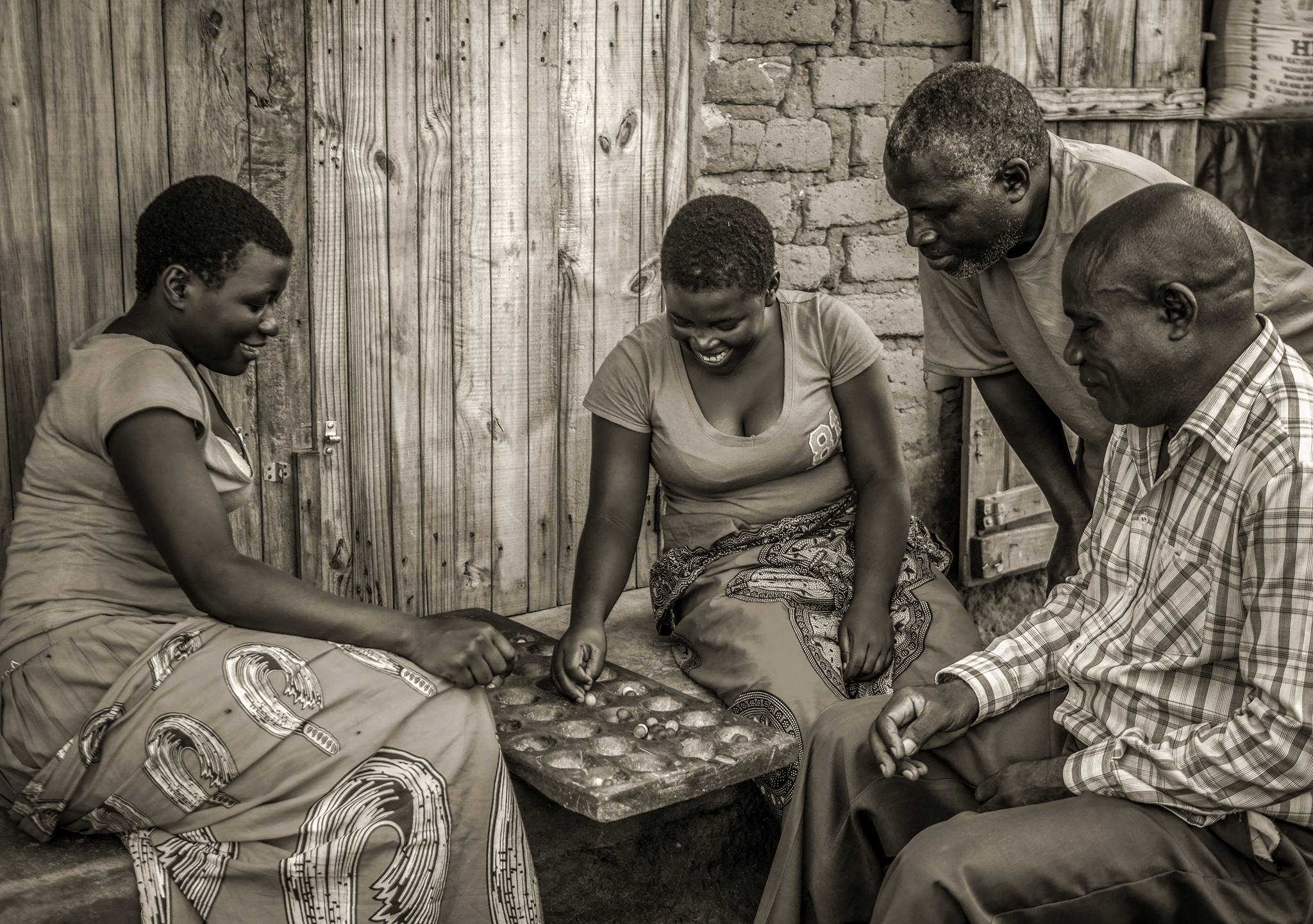Over the last two days we've been spending time with households and businesses in Northern Karonga and Chitipa. It's been interesting to observe how households see both the national grid and solar as being essential. The former, while expensive, powers appliances that their solar systems (often small) cannot eg fridges, TVs and stoves. However solar systems are also a crucial 'backup' as power cuts can be a daily occurrence (some can span a week). This is when solar is a lifeline, providing crucial energy services like household lighting and phone charging. For context, it has been a norm to travel several kilometres to an energy kiosk to get one's phone charged.
Chitipa is a small, sleepy town. Most of the roads aren't tarred and there's nowhere near the activity we've experienced in Karonga. That said, we were told it is busier at night after farmers return from their fields. Which is why several local businesses have solar systems to light their shops and attract attention through their music systems.
Our interactions with businesses continued to reinforce our sense that there is a lot of confusion about identifying 'fake' products. From comments about labels, specific patterns and colours, there is little consistency and very few sellers seem sure themselves (or don't reveal it in public). There's a general perception that 'German Technology' is the best, but the veracity of the claims on labels are hard to determine. Unsurprisingly, this results in situations of 'buyer beware'. The onus seems to be on the customer to identify the right panel and components. Alas, when caught in the excitement of solar powering their prized appliances, this can be a secondary concern, at best.




